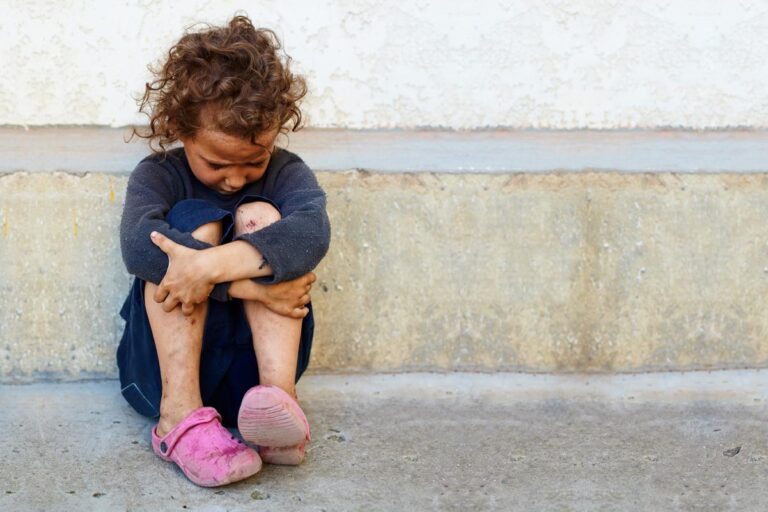Understanding Child Poverty
Child poverty is a pressing global issue that affects millions of children each year. It has lasting repercussions on their development, education, and health. To truly grasp its significance, we must explore the various facets of child poverty.
1. Impact on Physical Health
Living in poverty can severely hinder a child’s access to essential healthcare services. Children in low-income families are more likely to suffer from malnutrition and chronic illnesses. This can lead to long-term health problems that diminish their quality of life.
2. Educational Disadvantages
Children who grow up in poverty often face significant barriers to education. Lack of resources and support can hinder their learning capabilities, leading to lower academic performance. This creates a cycle that is difficult to break, perpetuating the effects of poverty generation after generation.
3. Increased Risk of Mental Health Issues
The stress and instability of living in poverty can lead to serious mental health challenges. Children in these situations are more susceptible to anxiety, depression, and behavioral issues. Addressing these mental health needs is crucial for their overall well-being.
4. Social Isolation
Poverty can limit a child’s ability to engage in social activities. When families struggle financially, opportunities for social interaction and community involvement often diminish. This isolation can impact their social skills and emotional development.
5. Future Economic Challenges
Child poverty has implications that extend into adulthood, affecting future employment prospects. Without proper education and opportunities, many children remain trapped in low-paying jobs throughout their lives. Breaking this cycle is essential for economic growth and stability in communities.
6. Intergenerational Poverty
When children grow up in poverty, they are more likely to become adults living in poverty themselves. This intergenerational cycle creates a systemic issue that is difficult to address without targeted intervention. Understanding this cycle highlights the urgent need for comprehensive strategies to combat child poverty.
7. The Importance of Advocacy
Raising awareness about child poverty is critical to enacting change. Supporting organizations that advocate for children’s rights and provide resources can significantly impact the fight against poverty. For more insights on why child poverty matters, visit this link.
Conclusion
Addressing child poverty requires collective action and a commitment to long-term solutions. By understanding the various reasons why child poverty matters, we can work towards a future where every child has the opportunity to thrive.

